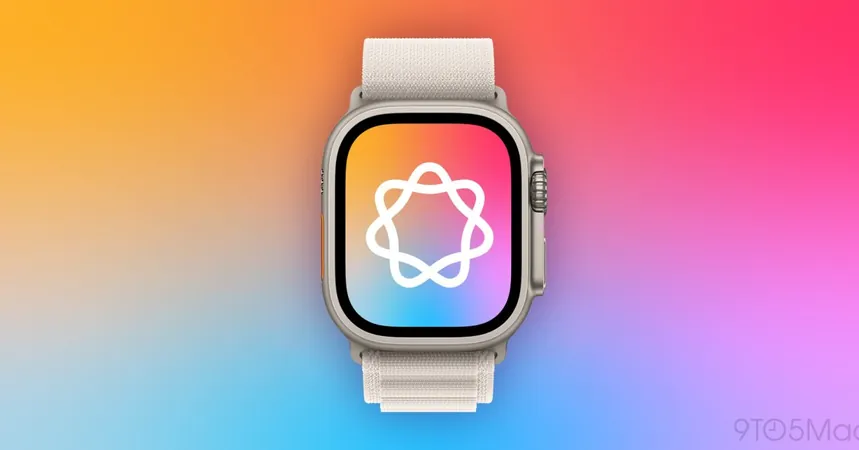
Why Walking 10,000 Steps a Day Might Not Be Enough (And What You Should Do Instead)
2024-10-08
Author: Kai
In a modern world filled with sedentary activities, incorporating daily step goals can elevate your fitness levels significantly. However, merely hitting the 10,000 steps mark might not yield all the expected health benefits if you're not focusing on another crucial element: your walking cadence, or how many steps you take per minute.
The Importance of Walking Cadence
Why does walking cadence matter? When you walk faster, your heart rate increases to supply more oxygen to your body and muscles, enhancing the intensity of the exercise. Dr. Aguiar emphasizes that the greatest health benefits accumulate when walking at a moderate or vigorous pace.
The World Health Organization and the NHS recommend a minimum of 150 minutes of moderate-intensity exercise weekly, or an equivalent of 75 minutes of vigorous activity. A walking cadence of 100 steps per minute is well within reach for most people, as casual walks often hover around 110 to 115 steps per minute.
For those looking to step up their game, brisk walking at approximately 130 steps per minute can escalate the intensity, enabling a more significant caloric burn and health advantages from your routine.
How Many Steps Should You Walk Daily?
Experts are still deliberating on the significance of step volume without the accompanying intensity. Dr. Aguiar notes that although numerous studies affirm the benefits of achieving a certain number of steps, there’s evidence to suggest that step volume alone isn't impactful unless you integrate a faster pace.
To maximize health benefits, Dr. Aguiar advocates for both a higher daily step count and increased walking intensity. He states that you don’t necessarily have to hit the mythical 10,000 steps; research suggests that around 7,000 to 8,000 steps per day—combined with 20 to 30 minutes of brisk walking (100 to 130 steps per minute)—yields optimal benefits.
The Health Benefits of Walking
Walking is a low-cost activity with a plethora of health advantages. For individuals transitioning from a sedentary lifestyle, increasing walking frequency can lead to improvements in cardiovascular health and aerobic fitness.
Dr. Aguiar explains that brisk walking—getting to a point where you’re slightly out of breath and breaking a light sweat—can be transformative. For example, walking at approximately 130 steps per minute, which equates to about 5 mph, significantly raises your heart rate and oxygen intake, translating into enhanced aerobic fitness.
Research continuously demonstrates that individuals with higher aerobic fitness levels have a lower risk of chronic diseases compared to those with lower fitness.
Conclusion
The WHO’s physical activity guidelines reinforce the health benefits of engaging in regular exercise, which promotes physical and mental well-being while reducing the risk of chronic conditions and improving overall mood.
If you're seeking a simple yet effective way to enhance your health, walking should be your go-to exercise. But don’t just count your steps—focus on your pace. So, lace up those walking shoes, hit the pavement, and pick up the pace! The road to improved health is just a brisk walk away.





 Brasil (PT)
Brasil (PT)
 Canada (EN)
Canada (EN)
 Chile (ES)
Chile (ES)
 España (ES)
España (ES)
 France (FR)
France (FR)
 Hong Kong (EN)
Hong Kong (EN)
 Italia (IT)
Italia (IT)
 日本 (JA)
日本 (JA)
 Magyarország (HU)
Magyarország (HU)
 Norge (NO)
Norge (NO)
 Polska (PL)
Polska (PL)
 Schweiz (DE)
Schweiz (DE)
 Singapore (EN)
Singapore (EN)
 Sverige (SV)
Sverige (SV)
 Suomi (FI)
Suomi (FI)
 Türkiye (TR)
Türkiye (TR)